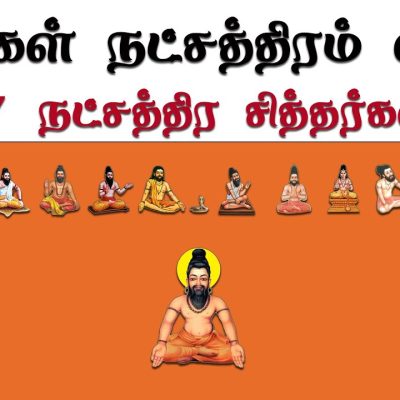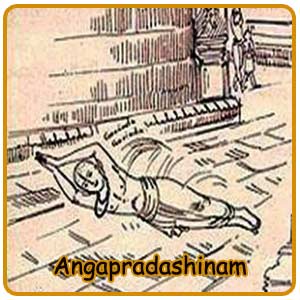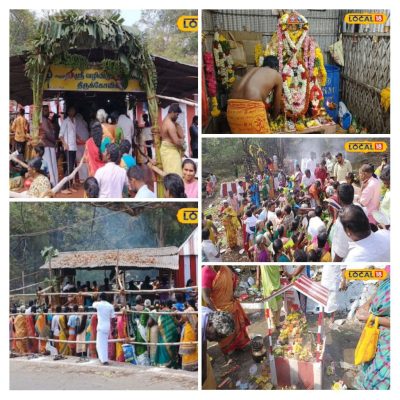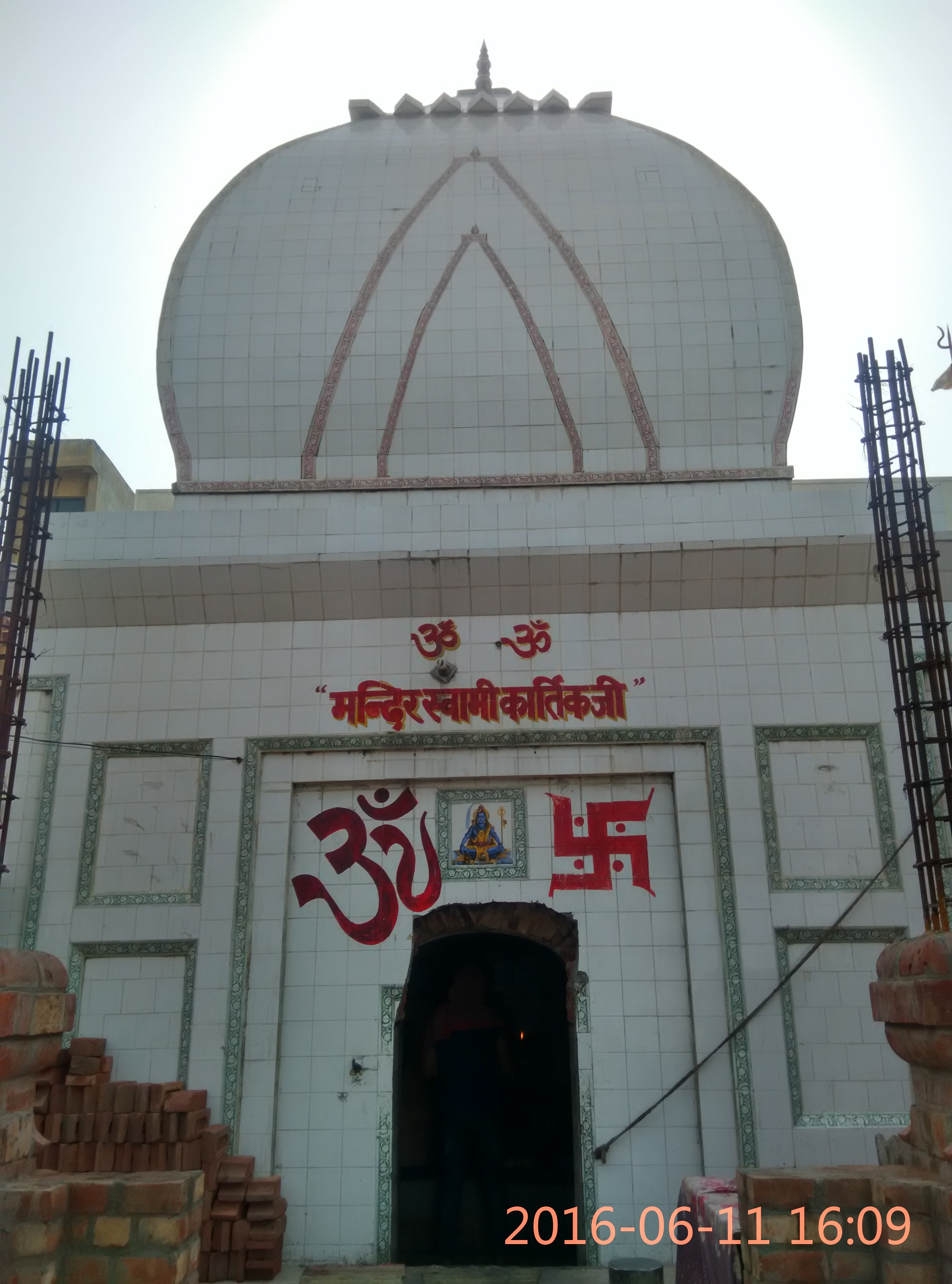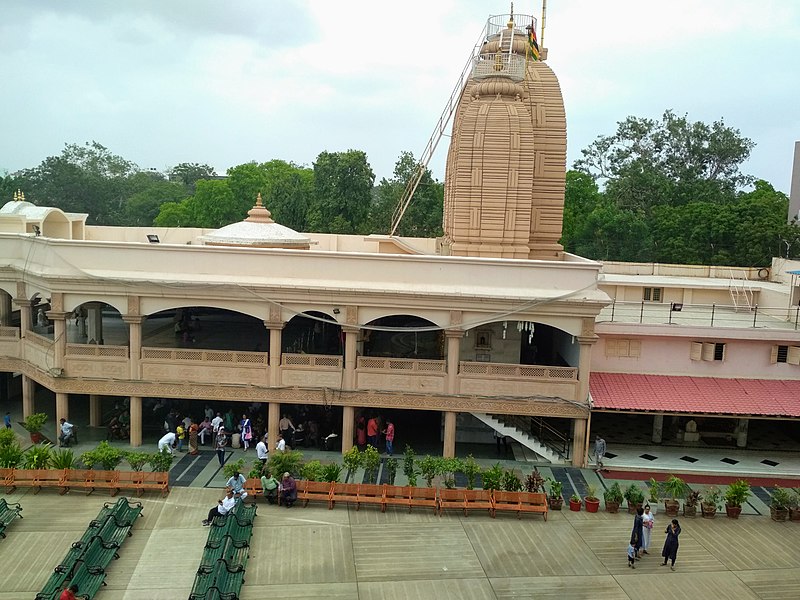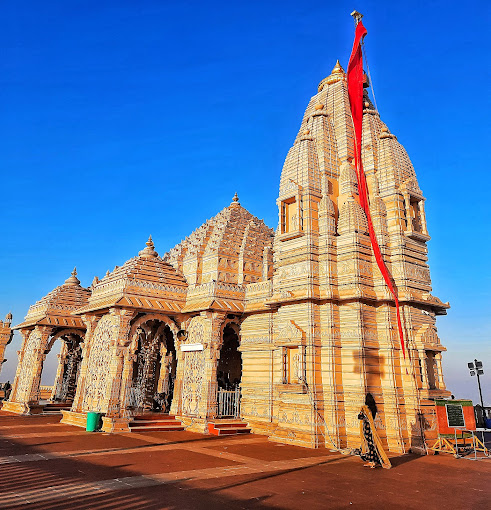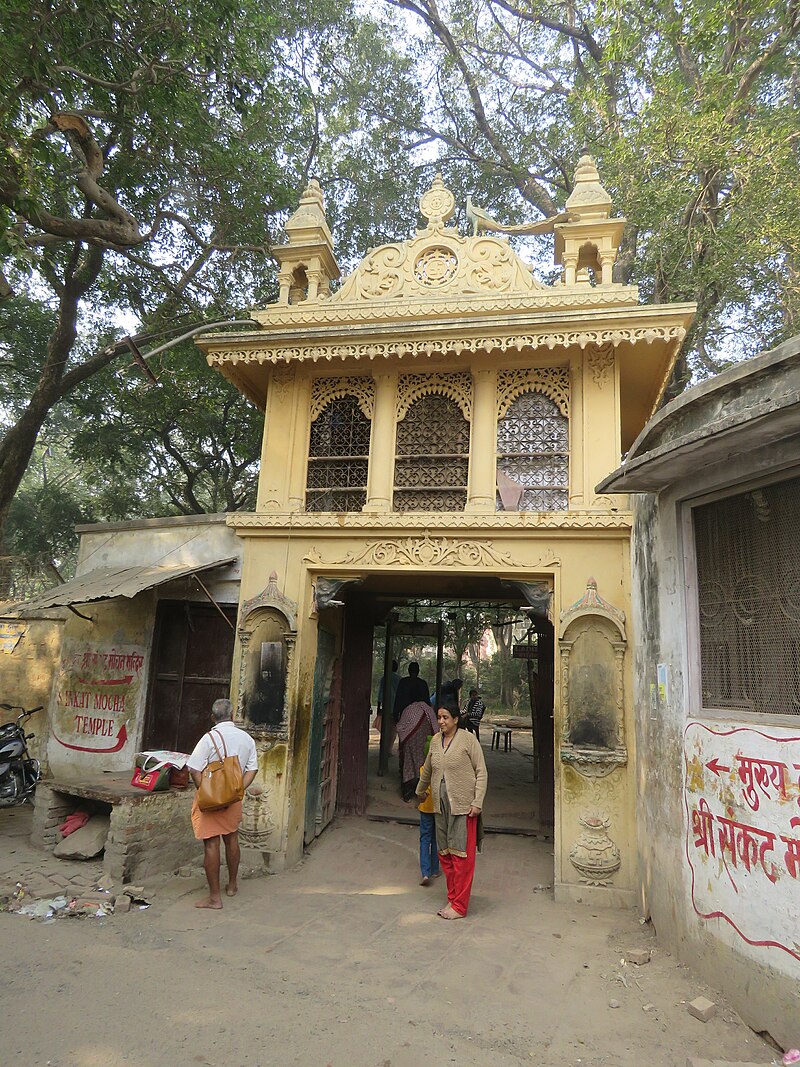Shingardar Buddhist Stupa Pakistan

Address
Shingardar Buddhist Stupa Vayna Rd, Shingardar Village, Swat, Khyber Pakhtunkhwa, Pakistan
Diety
Buddha
Introduction
The stupa of Shingardar is situated about 3km to the northeast of Brikot village, by the left side on the road from Mingawarara to Mardan. The stupa stands in the mouth of a small glen descending from a bare spur above the valley plain. The largest stupa of the Indian subcontinent is located in village Shingardar (a village between Ghalegay and Barikot). This stupa is a remnant of Buddhist era, and is one of the thousands ancient monuments in Swat Valley. It was built by Uttarasena, an ancient king of Swat, to enshrine his share of the relics of Buddha. The building of stupa is made of large stones and layers of thin slate.
Puranic Significance
The Shingardar stupa was identified by Colonel Deane and S.A Stein with the famous stupa built by King Uttarasena on the spot where the white elephant that carried the Kings share of the relics of the Buddha halted. When he had arrived at this spot the elephant suddenly dropped down and, dying, changed him into a rock. By the side of this rock the King at once erected this stupa. This myth of the stupa is derived from a local tradition (Deane, 1886, Stein, 1930). The tradition is preserved by Hieum Stang who visited Swat in the 7th century A.D. It is said that when the elephant reached this spot with the relics of Buddha on its back, his body miraculously turned into stone after dying at this spot. It is further claimed that the hilly ridge opposite the great stupa on the north depicts a faint figure on it, visible only to the pious eye. G.Tucci, does not agree with the identification, and says that this stupa was not erected by the King Uttarasena. He places the stupa of the legend somewhere near the Naway kaliay about 500 meters to the north of Kota village. The controversy about the transportation of Uttarasena’s share of the relics of the Buddha to Swat on elephant back and transforming of the animal’s body into stone needs further investigation and research. Originally the plinth of the stupa was square in plan, but the inhabitants of the village removed the well-dressed facing stone and also the great portion of the interior masonry around the podium, for construction of their houses and road. The stupa consist of lower drum decorated with two cornice, upper drum and a dome measuring 12m.The total height of the stupa from dome to the existing base is 27m. The upper cornice is marked by a shallow recess about 0.50m high producing a light and shade effect. Antiquities robbers cut the stupa dome on the northwestern side, common practice in this area. On the eastern and southern sides of the stupa about 15 meters from the base, traces of Buddhist settlement can be seen, now occupied by the modern houses. The masonry of these latter structures is very rough and probably belongs to a monastery complex. Due to the importance of thus imposing stupa, the excavation at this site as stated earlier, becomes imperative for the protection and preservation of the monument.
Century/Period/Age
7th century A.D.
Managed By
Archaeological Survey of India (ASI)
Nearest Bus Station
Shingardar
Nearest Railway Station
Havelian Station
Nearest Airport
Peshawar
